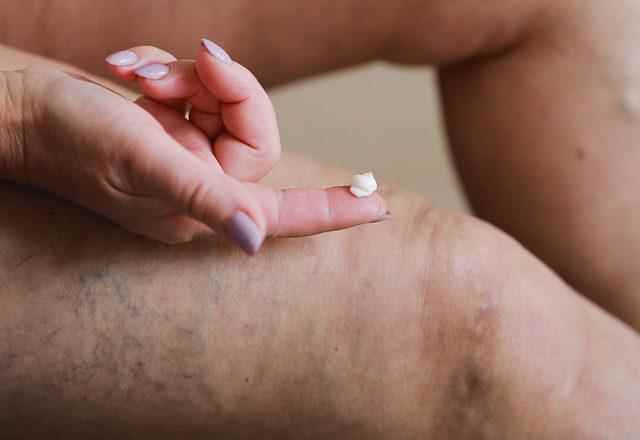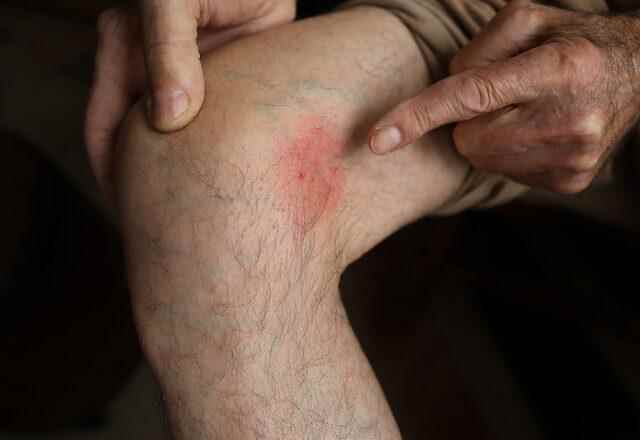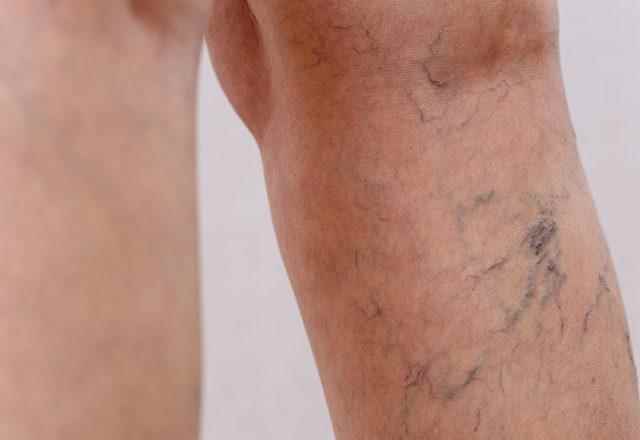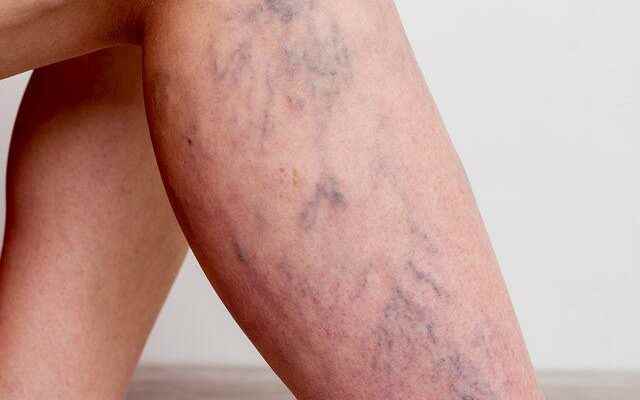Varicose veins appear under the skin as blue, swollen and curved. Varicose veins under the skin are seen in 10 to 20 percent of the population. The appearance of varicose veins disturbs the patient aesthetically and causes pain in the future. The progression of varicose veins can cause swelling and infection in the legs. The risk of developing varicose veins, which is more common in women, increases due to harmful life habits and advancing age. General Surgery-Breast-Thyroid and Oncological Surgery Specialist Assoc. Dr. Mehmet Emin Güneş gave information about the heir.
WHY DOES VARICES OCCUR?
Varicose veins occur as a result of insufficiency of the valve. As a result of the insufficiency of the valve, the blood pools backwards, this increases the intravascular pressure, causing enlargement in the veins and over time, the veins appear as swollen folds. Factors that increase the formation of varicose veins;
-Pregnancy,
-Obesity,
-Chronic constipation,
– standing for a long time,
-Some professional situations,
-birth control pills,
-Hormone treatments,
-Senile,
They are genetic factors.
WHAT ARE THE SYMPTOMS OF VARICOSE?
– Formation of capillaries in the legs,
– Blue purple swellings on the legs,
-Pain and swelling in the legs after standing for a long time,
– Numbness in the legs,
– Prolonged bleeding that does not heal under the skin,
– Itching, dryness and scar formation on the skin, especially in the knee and ankle region due to insufficiency.
TYPES OF INVESTIGATION

It is possible to diversify the varicose veins because the valve insufficiency in the veins leads to the formation of varicose veins in different sizes.
-Capillary varicose veins: 1-2 mm in diameter. They are small vascular networks in red purple color that do not cause swelling on the skin.
-Reticular varicose veins: They are mostly seen on the back of the knee and ankle, puffy from the skin, blue in color and 3-4 mm in diameter. are vascular structures.
-Great vein varicose veins: These are vascular structures that develop along the tracing of the great vein in the leg, are curved, raised from the skin, larger than 3-4 mm in diameter, become evident when standing, disappear when the legs are lifted up, and appear blue-green.
HOW IS VARICOSE DIAGNOSED?
It is possible to diagnose by physical examination. However, it is absolutely necessary to perform an examination called ‘doppler ultrasound’, which shows the vessels of both legs, the blood flow in them, and gives information and appearance about the deep veins in the legs. With this examination, it is possible to have information about the valves in the vascular structures.
WHAT ARE THE TREATMENTS OF VARICOSE?

The traditional best method is removal of the varicose vein, if applicable. However, today, non-surgical methods, which achieve the same success rate as surgery, are applied very successfully. At the beginning of these are the methods called ‘sclerotherapy’ and ‘foam treatment’ among the people. In these treatments, sclerosing substance is injected into the varicose vein with very fine needles, causing damage to the inner surface of the vein and adhesion of the vein walls to each other. Adhering veins disappear over time. Sessions average 15-20 minutes. It lasts and is painless. At the end of the session, patients are dressed in compression stockings.
FOAM METHOD
Another method is the foam method. In this, the sclerosing substance is mixed with air and turned into foam, allowing it to reach more areas in the vessel. It is possible to treat 80% of varicose veins with these methods. Small vessels disappear in 3-6 weeks and larger ones in 3 months.
LASER METHOD
Another treatment method is the laser method. With this method, a wire is inserted into the vein and the vein is burned with laser beam or radiofrequency waves.
WHAT SHOULD BE DONE TO AVOID THE Occurrence of Varicose Veins?

– Losing excess weight,
– Not staying still for long periods of time by standing or sitting. In such a case, it is absolutely necessary to stretch the legs and lift them up for a while.
– Wearing regular compression stockings, especially during pregnancy,
– Regular exercise and walking, not sitting cross-legged for long periods of time.
-Hot water and hot springs increase the formation of varicose veins.
– It will be useful to wear compression stockings on long journeys.
